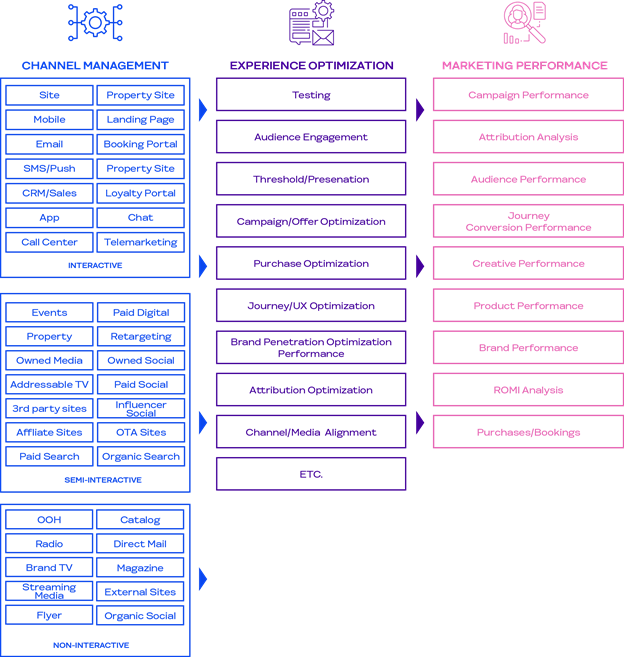Zimm Zimmerman, SVP – Data, Personalisation, and Analytics at Wunderman Thompson, writes that today, most marketers see channel management reports such as click-through, open-rate and view-through as old news. These reports enable a brand to monitor the performance of individual channels and distinct campaigns. Many teams rely on these reports to demonstrate the impact of marketing on the business or to understand customers.
Yet generic channel reports fall short in giving marketing and customer experience teams real insight into customers or a deep view on the impact marketing executions have on business metrics. To achieve these insights, marketing teams need to invest in experience optimisation and marketing performance analytics, which empower more senior leadership with insights to drive higher performance.
Many executives have come to see marketing analytics as a standard, automated part of their jobs, rather than as a way to move the needle for their businesses. In so doing, they risk losing out on opportunities to drive better business outcomes. Beyond the familiar channel reports, marketing analytics solutions can unlock insights that can drive superior marketing outcomes.

Experience optimisation
Experience optimisation is the layer of the analytics stack where the organisation builds period-based (e.g., monthly and quarterly) reports and insights to understand and optimise the customer engagement. Elements of the experience that an enterprise may wish to refine include journey, penetration, audience engagement, campaign and attribution. From awareness to acquisition to loyalty, this layer is all about examining every aspect of the customer experience in relation to the brand, product or company and asking how it can be improved. At this layer, one might test and optimise things such as: collateral personalisation, efficiency of engagement, channel/media mix modelling, campaign/offer arrangement and brand penetration.
Marketing performance
The marketing performance layer is where an organisation sets the overarching marketing strategy, aligns it to business objectives, and oversees the direction of customer experiences, product offerings and branding. Here, one can measure how each element is doing separately and in conjunction with parts of the business, marketing and customer experience.
For example, audience performance can be measured in relation to a product or a brand in relation to an audience or products. At this level, the focus is on bottom-line metrics such as return on marketing investment or share-of-wallet. Rather than looking at a campaign in isolation, it will be measured in the context of other campaigns or against historical performance.
The three-layer marketing stack and roles in the team
Looking at marketing analytics as a three-layer stack helps each member of the team to focus on the right analytics tools and reports for their role. Campaign or channel managers may need to focus first and foremost on the channel management layer, and on the performance of the channels they are responsible for.
More senior marketing and customer experience team members — directors and vice presidents, for example — will review each of the three layers, while providing direction for the testing and optimisation of the entire marketing programme. Directors and VP’s should focus on the multichannel experience for the customer and maintaining a seamless experience, with an eye on top-line performance.
CMOs will look most closely at top-level performance and overall alignment to business goals and objectives. Whether it be purchases, bookings or appointments, the CMO should have a clear understanding of where and how marketing drives return-on-investment (e.g. top line growth), while ensuring a positive customer experience.
WUNDERMAN THOMPSON
www.wundermanthompson.com










